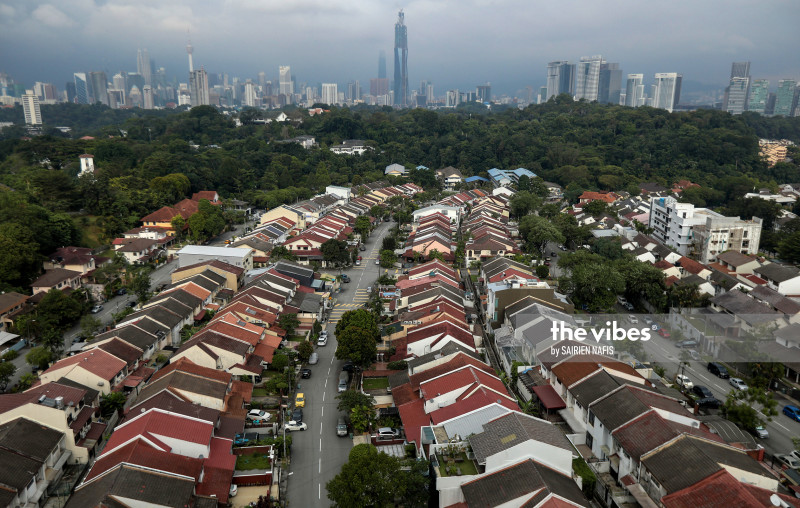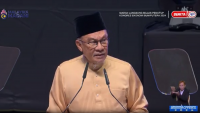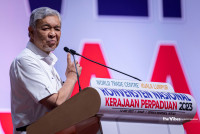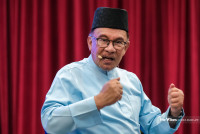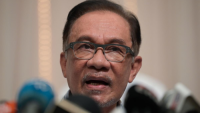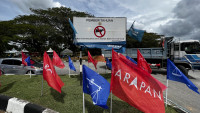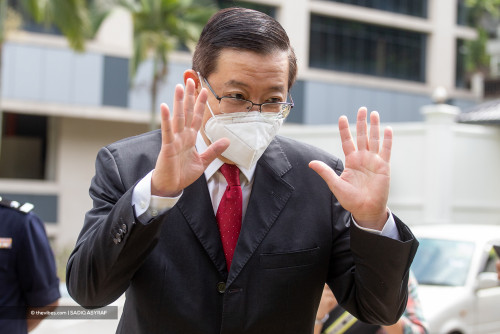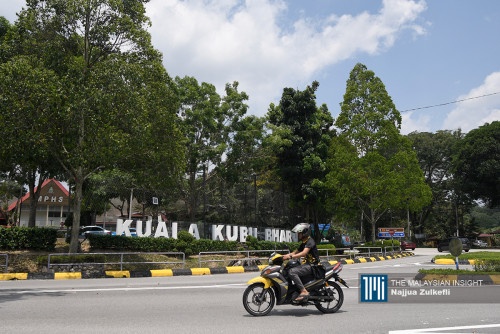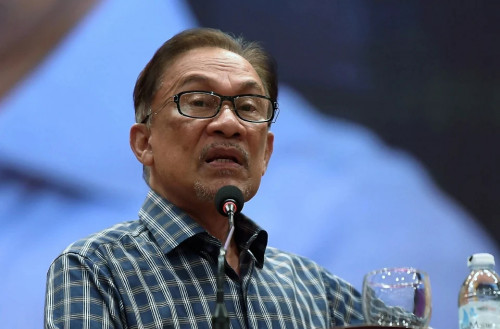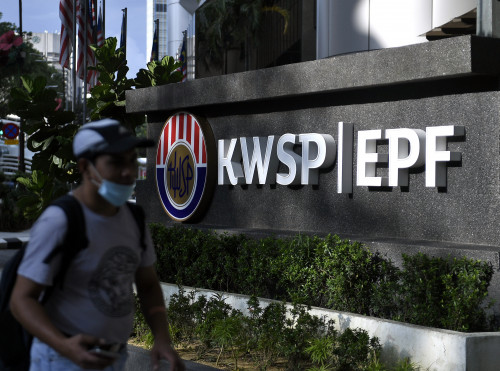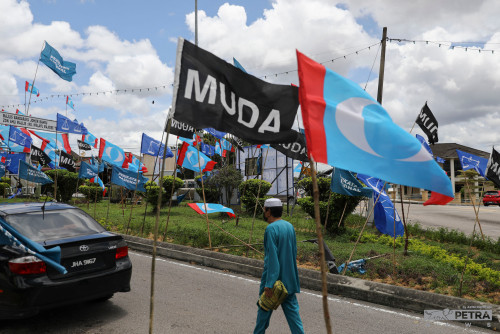THE uproar over Bumiputera equity policies featured in the prime minister’s speech on the 12th Malaysia Plan (12MP) simmered down this week, but three issues have been overlooked.
The plan’s Priority Area D, “Achieving an Equitable Outcome for Bumiputera”, in Chapter 5, “Addressing poverty and building an inclusive society”, outlines the “Bumiputera Agenda”. The section provides a commendably frank assessment of shortcomings, most saliently the community’s high concentration in low-skilled occupational categories and involvement in micro low-valued-added business.
The plan extends 11MP’s focus on effective control rather than passive ownership; both resolve to divest government-owned equity to “genuine” (11MP) and “qualified” (12MP) Bumiputera entrepreneurs. The latter criticises the continual dependency of Bumiputera micro, small and medium enterprises (MSMEs) on government grants and loans, and commits to formulating “a clear exit policy… to encourage successful Bumiputera MSMEs to be more independent and resilient”.
I have no doubt that the intent is real and earnest. Indeed, the focus on skills, productivity and competitiveness leads us to the first question.
1. Why does the agenda still hinge on 30% Bumi equity?
By 12MP’s valuation of Bumiputera agenda items, human capital and entrepreneurship outrank equity ownership in importance:
- “Human capital development will be the main focus in uplifting Bumiputera socioeconomic position”; and,
- “Increasing the resilience and sustainability of Bumiputera businesses will be the main focus in strengthening entrepreneurship culture.”
Bumiputera socioeconomic development covers vast ground, from higher education to employment, entrepreneurship and ownership. Of these, human capital development – which operates primarily through higher education, high-skilled occupations, and enterprise development – is declared “the main focus”. All objectives are intertwined, and all Malaysia Plans mention everything under the sun, but policy statement, and especially the political will expressed in the PM’s 12MP speech, determine which policies will lead, and which ones follow. Clearly, equity ownership is the driving objective.
In light of the plan’s own declared priorities, though, shouldn’t education and MSME development have pride of place, with equity ownership in a supplementary role?
Instead of fixating on 30% Bumiputera equity, Malaysia will do better to galvanise the community towards the fundamental goals of cultivating skills, developing capability and talent, and energising enterprise.
Formally, policy targets for Bumiputera skills development and MSME growth should take utmost priority. The plan sets an employment target of 65% of Bumiputeras in skilled jobs in 2025. This is superficial, generalised, and utterly lacking in ambition. On Bumiputera educational attainment, 12MP presents scant data and projects no meaningful goal. On Bumiputera enterprise growth, it proposes a welcome new target of raising their contribution to 15% of GDP, but this potential new rallying point gets overshadowed by equity ownership. The plan reports how a staggeringly high 83% of Bumiputera MSMEs are classified as micro, but refrains from targeting growth in the share of small, and especially medium, enterprises.
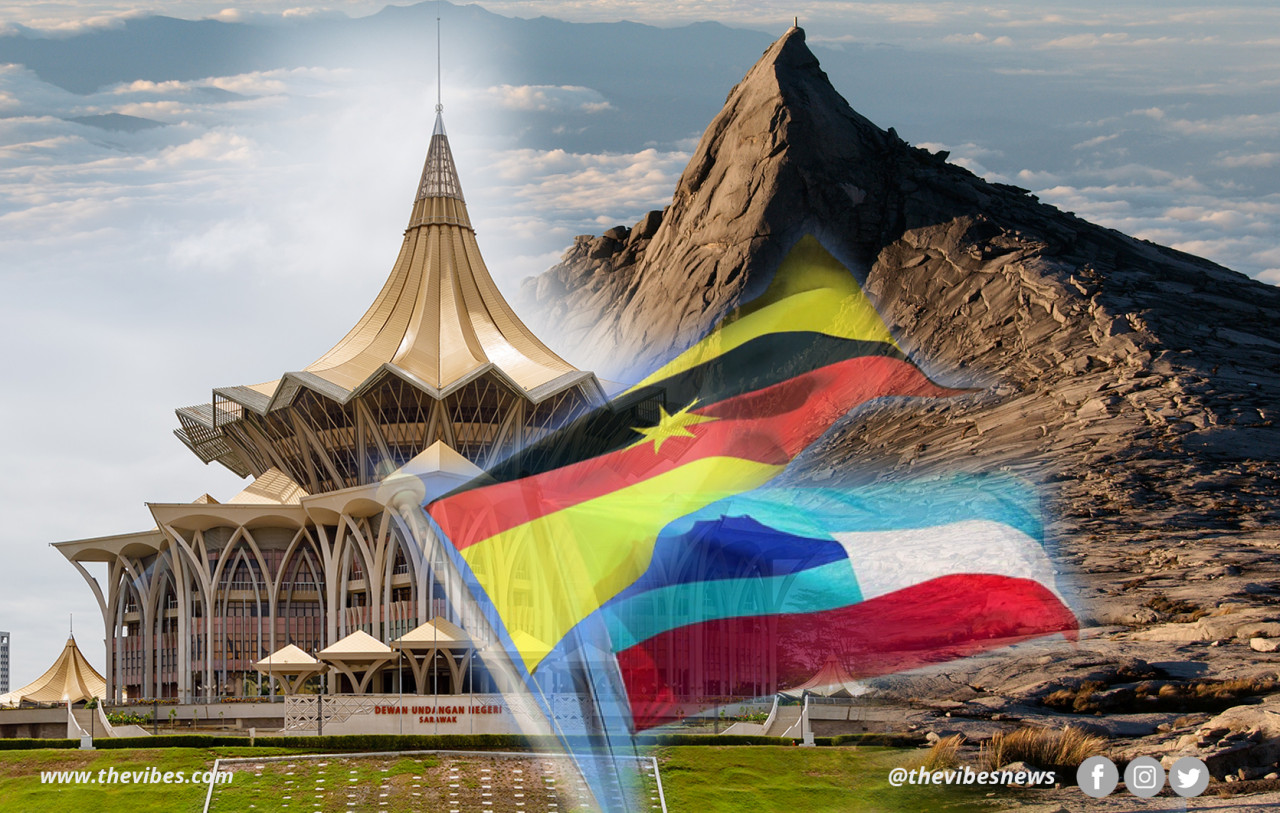
2. Why demarcate the Bumi agenda based on agencies, omitting established Bumi programmes and Sabah-Sarawak v peninsula disparities?
The plan has inherited a template from 11MP, which, in turn, was built on 10MP. There has been some progress along the way; Bumiputera programmes are merged into one distinct segment, whereas in the past, the coverage was more diffused.
However, there is a conceptual flaw: this template demarcates the Bumiputera agenda based on government agencies (Mara, Teraju, PUNB, Ekuinas, etc), instead of comprehensively outlining all the policies and other agencies that promote Bumiputera development, some of which entail quotas for different ethnic groups. The 12th iteration of the plan continually omits a host of other programmes that are instrumental in Bumiputera socioeconomic development, most saliently, matriculation colleges and university admissions, public sector and GLC employment, and government procurement.
Matriculation colleges and pre-university programmes, higher education and skills training, including UiTM, are pivotal to Bumiputera human capital development, and should be mandated to cultivate talent in vigorous and accountable ways. Likewise, government procurement plays a key role in Bumiputera company development, and much more can, and should, be done. These may be established and staid programmes that Teraju, the policy coordinating agency, lacks enthusiasm for, but their outreach, especially to the B40 and M40, are vast, and thus, their deficiencies also hold back the community. The affirmation of 12MP of legislation to oversee “identification of the beneficial owner” of companies is a major step towards curbing abuses of government procurement, which undermine Bumiputera contractor development. These elements should be integrated into Bumiputera development.
The plan’s neglect of disparities within the Bumiputera population replicates recent practice; data differentiating Malay and non-Malay Bumiputeras that used to be reported has vanished in the past decade, and such inequalities are neither monitored nor targeted. This attention vacuum stands strikingly in contrast with the unprecedented inclusion of a full chapter on Sabah and Sarawak. Then again, Chapter 7 on “Enhancing Socioeconomic Development in Sabah and Sarawak” addresses regional economic development from helicopter height, with only a slight descent onto policies targeting “Anak Negeri Sabah and Bumiputera Sarawak”. Unfortunately, the planning is disconnected from the vast programmes designated for all Bumiputeras. The plan’s articulation of Bumiputera policy in Chapter 5 excludes the equitable distribution of benefits between the Bumiputera-status populations of East and West Malaysia.
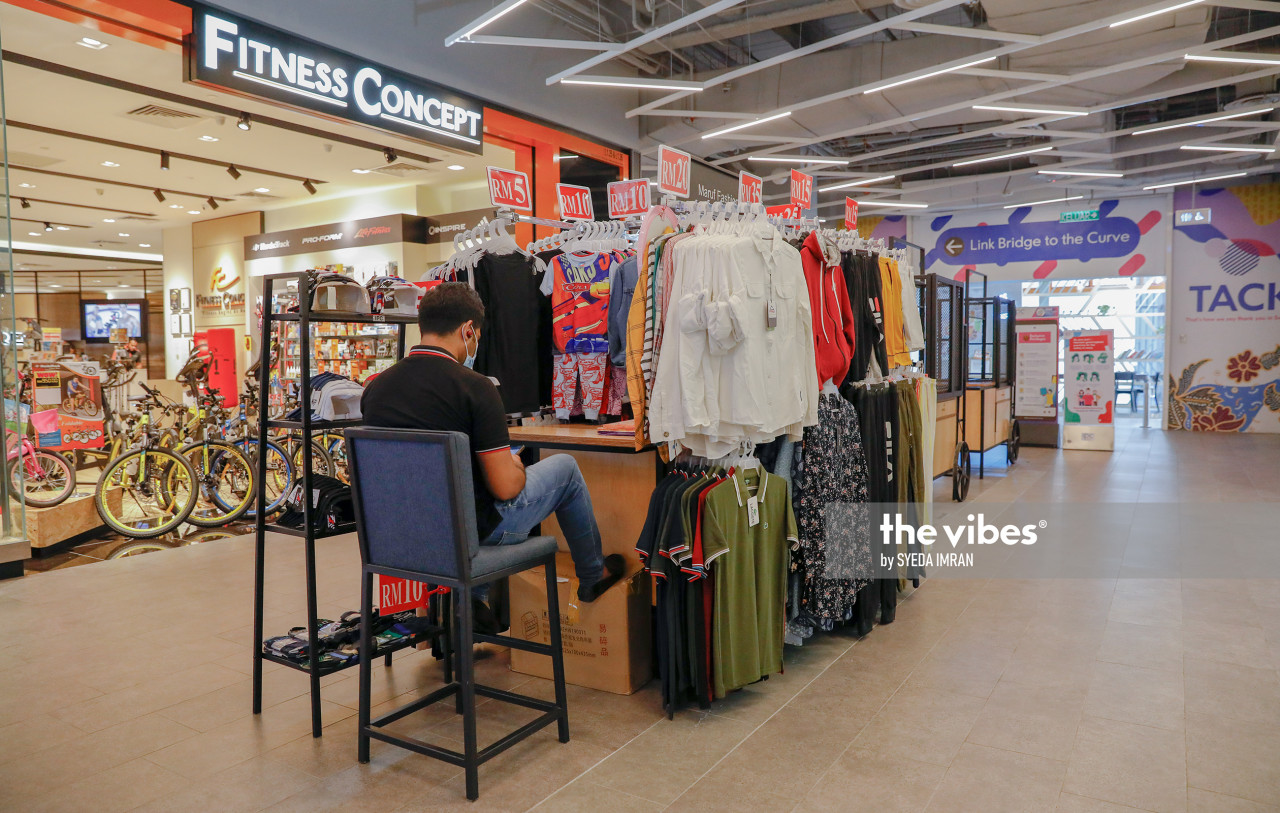
3. Surely, we can ask more of the Bumiputera T20?
The plan would like to “encourage” the Bumiputera T20 – richest 20% – to “actively contribute back to the Bumiputera community”. And that’s all: one sentence in 530 pages.
In 1971, the New Economic Policy aspired for Bumiputeras to be “full partners” in the economy. In 1991, Vision 2020 envisaged a “fully competitive Bumiputeras”. In 2021, we hear no articulation of an ultimate aim.
We can gather from 12MP, and the Shared Prosperity Vision 2030 embedded within, whispers of recognition that the Bumiputera agenda culminates in the beneficiaries graduating or exiting – to be clear, this means those who have received special treatment, by choice or compulsion, stop receiving special treatment in the form of quotas, discounts, contracts, loans and so on. They stand on their own feet.
Who are best poised to lead in the essential, though undeniably difficult, endeavour of graduating out of special treatment? The Bumiputera, especially Malay, T20 (perhaps, the upper-M40, too).
The philosophical, moral and logical thrust of the agenda unshakeably holds: those who have gained the most upward mobility – undeniably through their own hard work, but typically through receiving scholarships, employment, contracts or loans – should be the first in line to let go of those privileges.
The psychological benefits on the community also spring from such measures being clearly demonstrated and presented as proof of empowerment. In other words, foregoing special treatment is not to be done discreetly, but visibly – as a statement.
We can draw up a list of (im)possibilities, but one already enjoys broad support: the property discount, particularly for expensive homes. Among pro-Bumiputera interventions, it is one of the least morally and philosophically justifiable. The notion of removing the discount should not be controversial. Barisan Nasional’s 2018 election manifesto promised it; public figures like Tun Daim Zainuddin and Umno communications chief Shahril Hamdan advocate it.
In practice, of course, the idea is greeted with eye-rolling and loud groaning. We get into a vicious cycle: beneficiaries are made to feel guilty by their kin who accuse them of ungratefully denying to the next generation what they received, and by minority voices who pile on their grievances.
A property discount is best rejected before the purchase. Young adult Bumiputeras – self-aware of the ways the system has benefited them, enabling them to afford homes without the discount – should step up and declare that they will waive the discount. Policies that promote ethnic mix in new housing areas may need to be revised; designating Bumiputera lots that can be sold only to Bumiputeras can depress prices in the secondary market. But, it is a poor excuse to keep the discount because the resale value might be lower. Seniors who have bought high-end property at a discount could be coaxed or compelled to contribute to an affordable housing fund. That would be quite an impactful and meaningful giveback.
I hear thundering cries of “impossible!”. It seems, though, that we have given up trying. – The Vibes, October 8, 2021
Lee Hwok Aun is a senior fellow at the Iseas-Yusof Ishak Institute



